I Got a Hair Transplant a Few Years Ago — Here’s What I’ve Learned Since Then

Our editors independently select the products we recommend. We may earn a commission on items bought through our links.
Editor’s Note: Please be advised that some photos contained within this article depict graphic but real medical situations pertaining to hair transplantation.
Today's Top Deals
Walk While You Work: This SPY-Tested Walking Pad Treadmill is Over $200 Off
Starting A Small Business? Save With Square Payment Systems, 20% Off
I could have a heyday playing “spot the difference” with my hair transplant before and after in the two photos above. They were taken four years apart, in November 2018 and December 2022. For one, yes I’m in the Blue Lagoon in Iceland in the first one, and I’m very much not submerged in blue geothermal water in the second photo. But I am smiling in the second image, more than two years after my hair transplant procedure because look at that prominent hairline and those shoulder-length locks — a thing of art. And while I’m not about to shame anyone for having thin hair or a recessed hairline (by all means, if you embrace it, I envy you) but I had few hair-related things to smile about in 2018.
After that trip in 2018, I looked at these images and realized how much of my hair had disappeared. I think this is a common case for men in their 20s and 30s (or even late teens and 40s+)… you see an image that finally tips the scales and removes any doubt about whether or not your hair is falling out. I think the wet hair and blonde tips help pull focus on the hairline and sparseness, too. This is when I decided to step up my efforts with hair loss treatments, which I had been using but not as consistently as I should have been. And about one year later, when I could see that those treatments helped restore much of the density—but not all of the fullness of my yesteryears, and nothing across the hairline—then I decided to get a hair transplant.
One pandemic pause later, I finally got the procedure in June 2020 in Istanbul (with Dr. Serkan Aygin, to whom I have sent a dozen friends by now).
Other than the fact that hair transplant technology is very good now, I learned many things about the procedure and the results, and what every guy can expect from a hair transplant. Hopefully, if you’re considering the procedure, then the following can help you make an informed decision one way or the other. Again, if you want to embrace hair loss, then more power to you. I never got myself there. But then, I’m also really happy I did the transplant, so it’s a win-win, as long as one is confident.
Here ate 10 things I learned after getting a hair transplant.
1. No More “Plugs”
Modern hair transplants are nothing like the “plugs” of decades past.
Previously, hair transplants looked far from realistic, because they involved implanting hairs vertically in large clusters; the technology didn’t allow for the preciseness of actual hair growth in terms of both spacing and angling.
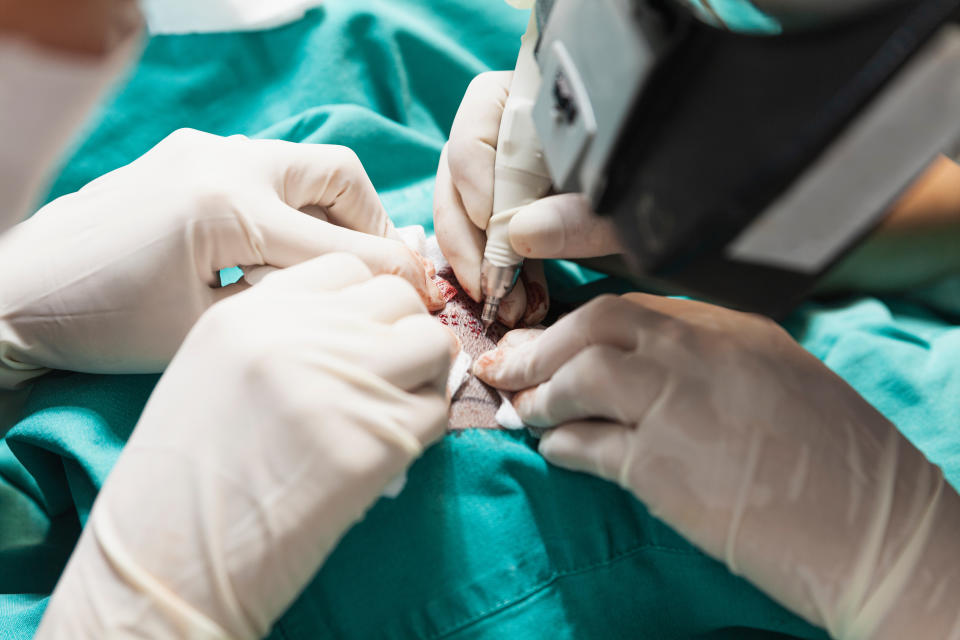
Now, however, the doctor’s team uses a methodical extraction and implantation method, called Follicular Unit Extraction (or FUE) wherein they can equally distribute the grafts using a precise pen. And, upon implantation, they angle the grafts at the natural growth angle (about 40-degrees, according to Dr. Aygin). They can also make smaller incisions for each individual graft that heal much faster than previous methods. Once the hair grows, it flows naturally with the rest of your locks, and nobody will know the difference.
2. Hair Transplant Clinics = Professional Teams
Hair transplant clinics today are well-oiled operations with multi-strategic planning.
When you choose a hair transplant surgeon, you’re actually electing his or her entire office and team of experts. That’s because the head surgeon more or less “floats” between the various procedures occurring simultaneously, as well as the consultations with incoming and outgoing patients.
In Dr. Aygin’s case, he is the one who assessed my hair density, determined how many grafts were required, and drew my new hairline without a moment’s hesitation. He knew what would look natural, given the thousands of procedures he has overseen in the past.
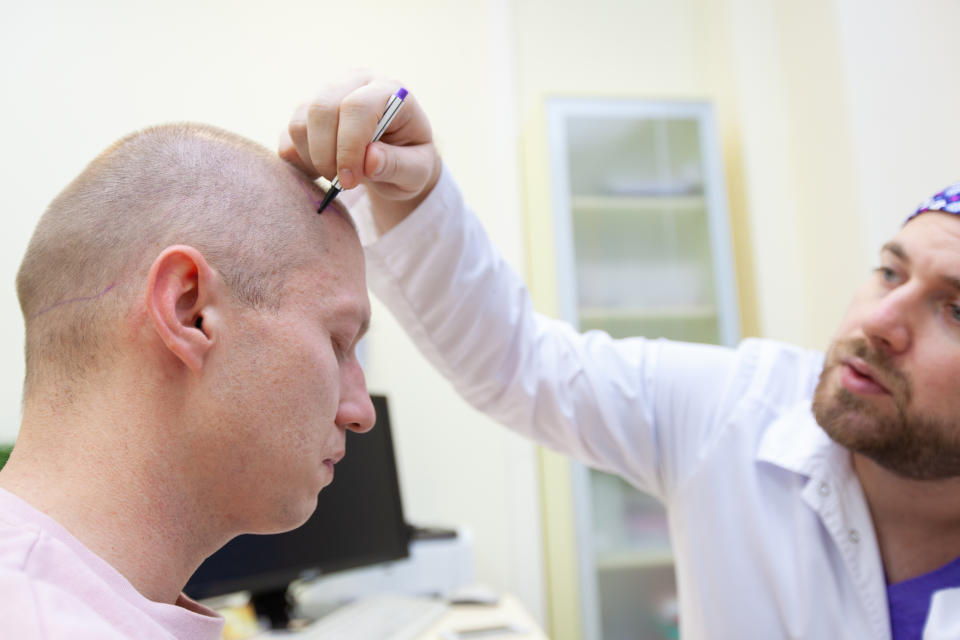
Then, when the procedure got underway, a team of experts worked in tandem: Some extracted the grafts and then passed those off to others, who studied each graft and sorted them based on how prolific they were. After that, the same extractors worked to implant the hairs methodically atop my head.
Bookending the entire operation, a comforting team kept tabs on me and my well-being, as well as my alertness of what to expect that day and following the procedure. I was probably with about 15 people that day and felt very looked after all the while.
3. Transplants are Permanent, Density is Not
While hair transplants are permanent, the density you find immediately following your procedure will fade eventually.
When you get a hair transplant, those “new” hairs will never go away. That’s because they are extracted from the back of your head (and sometimes the sides). You see, unlike the hairs atop your head, those rear-and-side follicles are not genetically predisposed to thinning and falling.
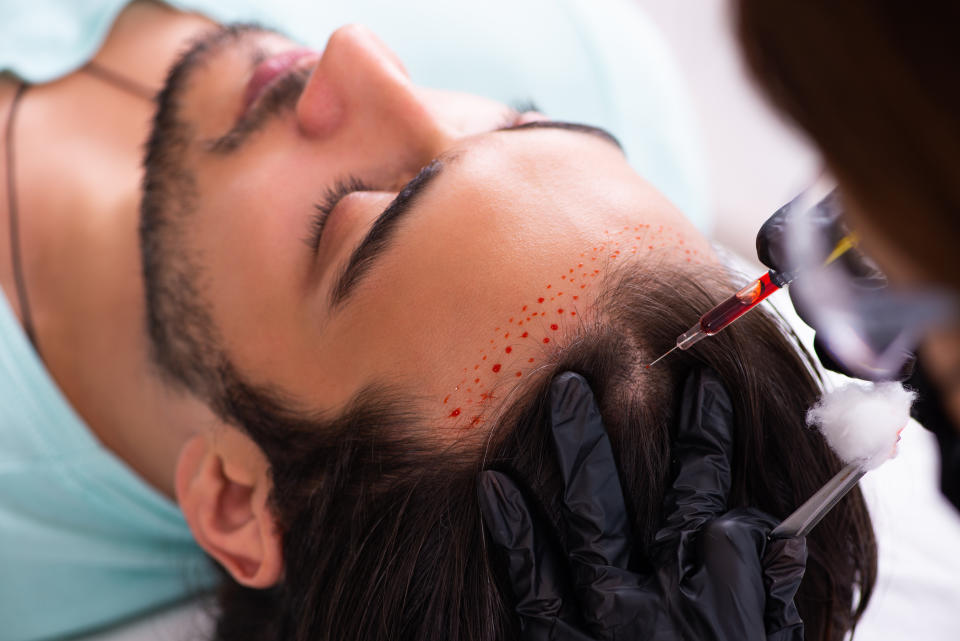
But don’t go assuming that the results you see from a hair transplant are permanent, because there are still a lot of native hairs up there, which had never fallen out in the first place (but which are predisposed to doing so). Thus, you need to stay atop hair retention efforts indefinitely, so as to not lose the native hairs. Otherwise, you might be left with a bunch of transplanted hairs and will require another procedure in the future.
Don’t let that discourage you, though: I think it’s important to only resort to a hair transplant after committing to a hair retention regimen (and one that includes things like a minoxidil treatment and finasteride, supervised by a dermatologist). Once you see results from those efforts, you can consider a hair transplant as the final step.
And then, because you are accustomed to the medicines you were already taking—and because you’re taking them indefinitely moving forward—it means you can retain the visual fullness indefinitely, too.
4. Hair Transplants Aren’t Painful for Most
One of the most common questions I get is about how much the procedure hurts—because it looks like it hurts, given the thousands of bloody extractions and implantations across the head. But believe it or not, it was almost entirely painless.
The team monitors you on a mild dose of sedation via IV, after which they inject your scalp with local anesthesia (you’re numb but conscious when this happens).
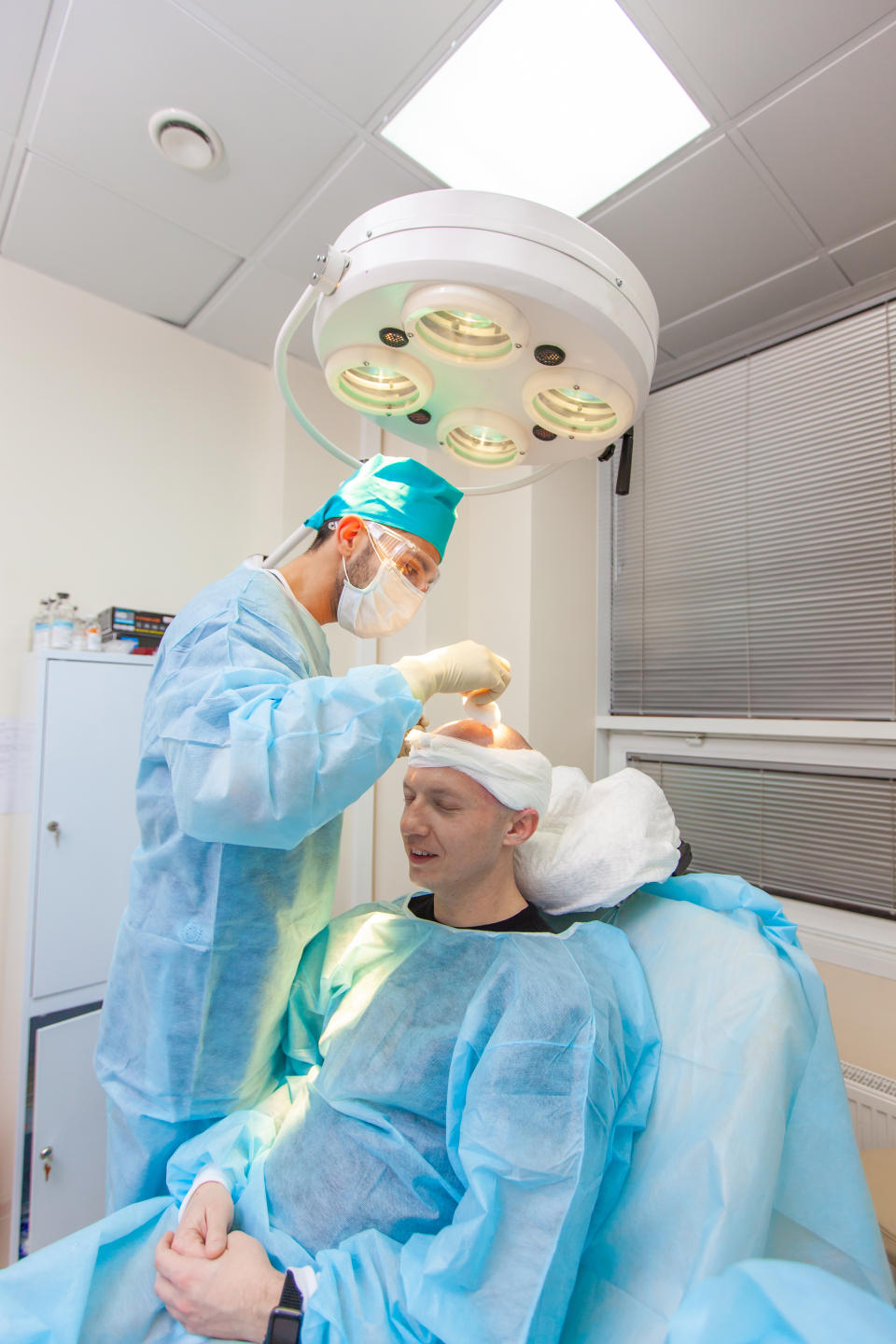
Periodically throughout the procedure, you might feel one or two pricks—like every 30 minutes or so—at which point you tell them to administer another mild dose of anesthesia. They keep you in this suspended state throughout the six-plus hour procedure (which honestly feels like two or three hours, tops, since you doze in and out of sleep).
If you can tolerate a few half-felt pokes (out of thousands administered), then you’re going to be just fine. They also give you terrific anti-inflammatories, antiseptics, and pain meds to mitigate anything following the procedure.
5. Grafts Can Yield a 4-to-1 Ratio
The thousands of follicular grafts transferred can yield up to four times as many hairs.
I learned a lot about hair growth through this procedure. For starters, each follicle on your head is capable of growing up to four hairs, but some will only grow one. And this is something they examine microscopically prior to the procedure, which will determine how many grafts they extract and implant.
For example, if you are lucky and sprout lots of fours with very few ones (including some twos and threes in there), then you will likely require fewer grafts because your hair will naturally look fuller upon completion. In this way, 2,000 grafts can yield as many as 8,000 hairs transplanted.
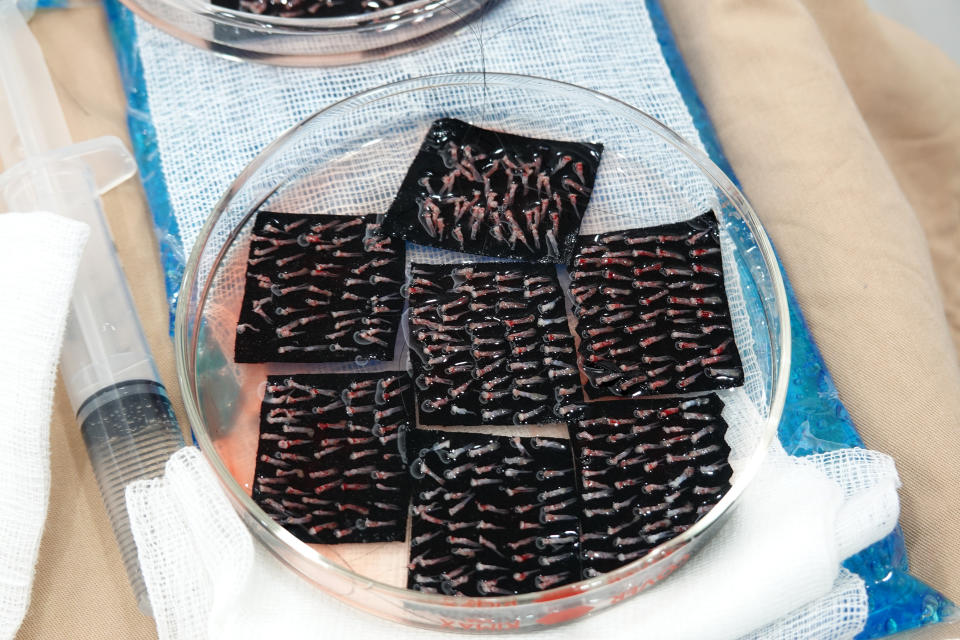
Now, nobody is going to have four hairs sprouting from every follicle, but given a good average, you could probably yield as many as 6,500 or 7,000 hairs on only 2,000 grafts.
What impressed me was in between the extraction and implantation process, a team of experts studies every single graft under a microscope and sorts them into these ones, twos, threes, and fours groups. Then, when the implantation starts, they make sure to evenly distribute these grafts, so that there’s a visual balance, rather than accidentally giving one half of your head all the ones and twos, and the other half all the threes and fours. Again, it’s a well-oiled, strategic operation.
This is one extra argument for trying other hair recovery techniques prior to a transplant, though, and giving them at least a year to show results. This will help your follicles to sprout hairs to their fullest potential, and will hopefully require fewer grafts when it comes time to transplant.
6. Cost is Determined by Multiple Factors
A hair transplant in New York City and one in Istanbul will vary dramatically in cost (some in NYC might cost 10 times more than those in Istanbul). That’s because the market often determines the cost of these things — the same reason your friends in NYC pay $700 for one botox application and your friends in Mexico City pay $150.
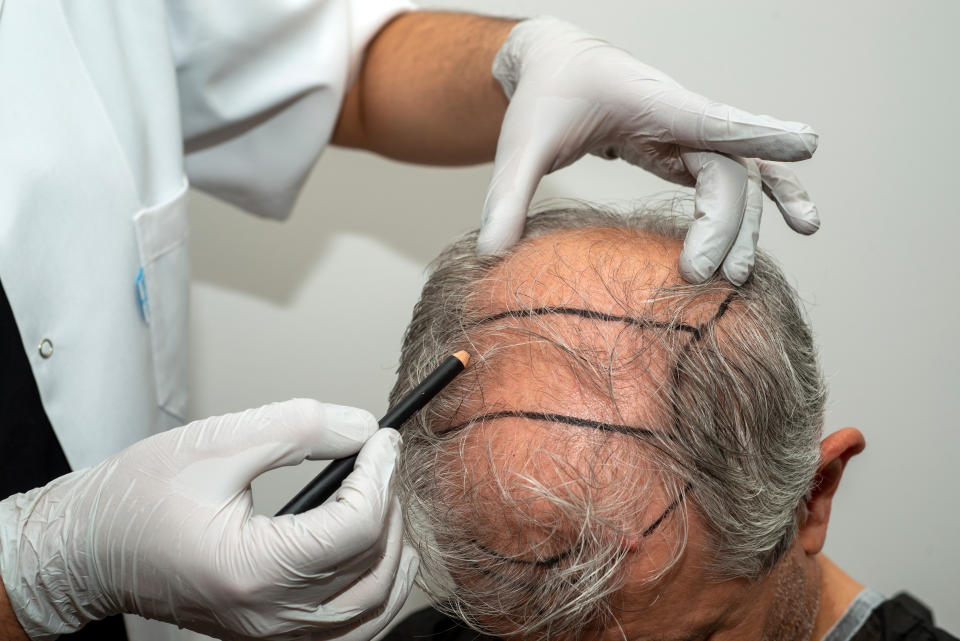
Istanbul in particular has an extremely high concentration of world-renowned hair transplant surgeons (among other cosmetic experts), which keeps the cost down, along with a US-favorable exchange rate. Other factors that affect the cost will be the number of grafts implanted (typically 2,500-3,000 maximum in a session), and any additional technologies used, as there are some doctors who use the latest and greatest versions of these already reliable implantation methods).
The docs’ reputation, accolades, and demand will also determine the cost. I can only ballpark things for you, but in Istanbul, you should expect to pay between $3,000-6,000 USD. Some friends of mine in the US have paid upwards of $20,000. Clinics are happy to give you an estimate upon assessment, so don’t assume that it’s going to be $20K, but personally, I say take the flight overseas. They can onboard you from abroad and handle all the other stuff the day prior to your procedure.
7. Results Take Time to Show
When you get a transplant, you are giving those hairs a new home atop your head. And in doing so, they experience what is called “shock loss.” This is when a hair’s growth cycle stops abruptly, and the hair falls out before beginning a new growth cycle. This happens towards the end of the first month.
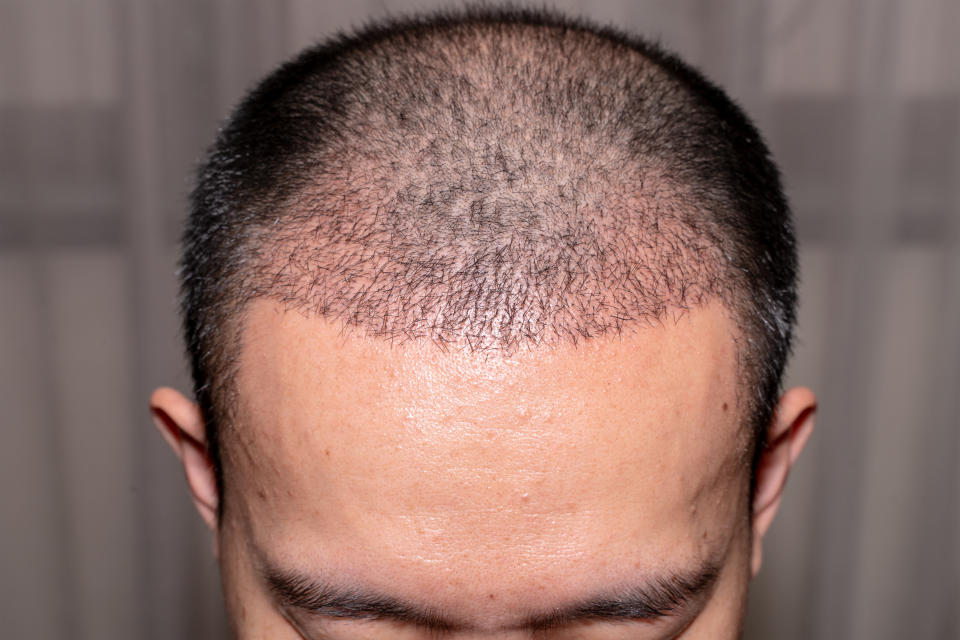
Worry not: All of those hairs will regrow, but they’re each starting from scratch. For this reason, you won’t notice new sprouts until months three or four. And even then, they’re going to be much thinner at the start. Give them a few more months before you get an accurate read on your new density (months seven through nine should give you a good picture).
For me, it was month seven when I buzzed everything down to a half-centimeter and started from scratch with my new density and hairline. From there, I have been growing it long, and 30 months post-surgery I have the hair in the photo you see above.
8. You Can Work the Next Day — But Don’t
I really hope you aren’t planning on going to the office the day after your hair transplant since you’re going to have thousands of tiny, fresh wounds all around your head. But miraculously, you’ll be in very little pain and will have a fully operational day (should you want one).

Many people choose to fly home in the afternoon or evening of the day following their hair transplant; it’s important to first have a next-day assessment at the clinic, but after that, you’re totally on your own. It’s not uncommon to see people around Istanbul and at the airport with their transplant marks… I chose to wear a loose bucket hat around my dome to avert the stares.
If your situation allows, try to work from home for the first 10-15 days (I will explain why in the next bullet). But truthfully, you should feel completely capable the day following treatment. I just think anything like this deserves a few days off, personally. Treat yourself, or at least plan the procedure for the end of the week, so you can relax Saturday and Sunday.
9. The Start of Recovery Can be Awkward
It’s best to keep your social engagements at a minimum in that first month. For starters, your scalp is going to be scabbing over, itching, and peeling for the first couple of weeks.
Yes, you can wear a loose hat, but you have to be extremely careful not to put any pressure on those transplanted hairs, as they’re extra delicate in this first month as they settle into their new home. You’re effectively waiting for them to shed themselves (around week four or five), at which point those follicles are permanently nested.

You must also avoid direct water pressure and hot water up there, and your hair care routine will be a gentle one at that. No sun exposure for 30 days, no intense exercise for the first few weeks, no haircuts (on what little hair you do have at present), and no alcohol for the first couple of weeks either. There are additional constraints, but overall you should expect to have a very careful, calculated, and indoorsy lifestyle for this timeframe.
10. Some Will Require Two Transplant Sessions
Because there is a limitation on how many grafts you get in a single session (2,500-3,000), some people will require two separate procedures in order to achieve their desired result.
These sessions will be spaced many months apart (though you can do them as far apart as you like, beyond the mandatory half-year months’ buffer). They’ll want to see where the new hairs are growing before implanting new ones.
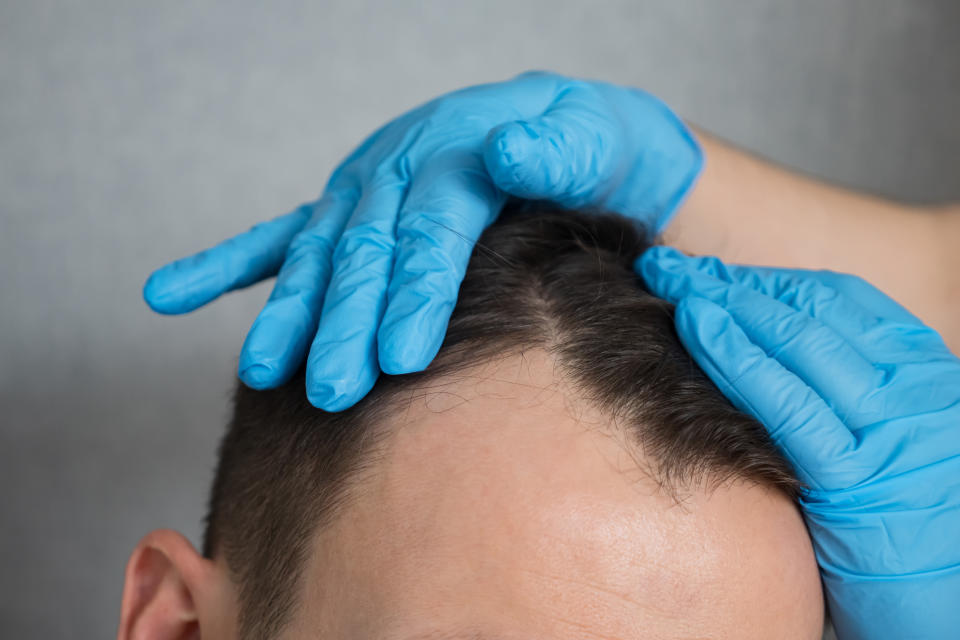
And, at this point, you’ll start running low on the hairs you can donate from the rear and sides of your head (before things start looking sparse there, too). So, typically two sessions are the max any person can get. Depending on your starting point (and the virility of your follicles themselves), each person will have different expectations of what is possible.
Totally stark bald men can’t do much, even with 6,000 grafts. But someone with a recessed hairline, a few bald spots, and general thinning can experience what feels like a miracle.
About the Author
Adam Hurly has been covering the grooming industry for a decade after getting his start at Birchbox in 2013. Since becoming a freelance journalist in 2016, he has written for nearly every men’s title. In addition to SPY, his frequent clients include GQ, Men’s Journal, Robb Report, Forbes, and more. Hurly is a South Dakota native, a University of Kansas graduate, a New Yorker at heart, and has resided in Berlin for 5 years.
Recently at SPY, Hurly has shared his experience after quitting oral finasteride, what it’s like to use the Dr. Dennis Gross LED Mask, and the best acne patches to watch for this year.
More Top Deals from SPY
Best of SPY

